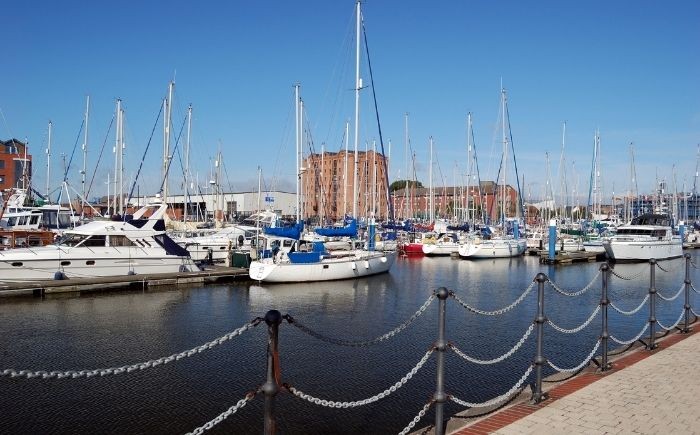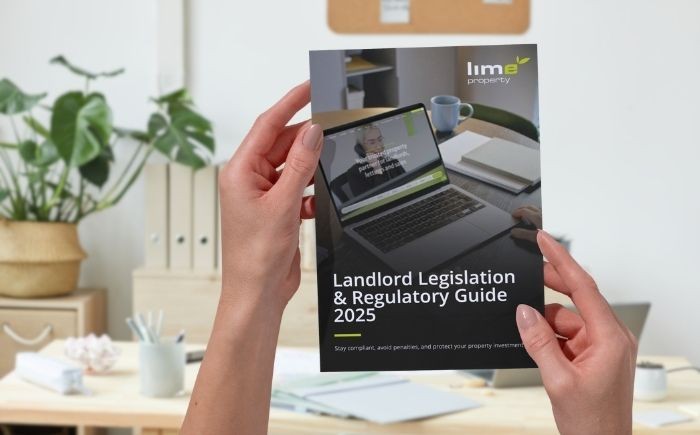.png)
If you’re planning a move in 2025, there’s one cost that could soon hit harder than expected – stamp duty.
This property tax is often one of the biggest additional expenses for homebuyers. But from 1 April 2025, the temporary stamp duty thresholds introduced in September 2022 are coming to an end – meaning many buyers could soon be paying more.
So, what’s changing – and how could it affect you?
What Is Stamp Duty?
Stamp Duty Land Tax (SDLT) is a tax you pay to the government when buying property or land in England. The amount you pay depends on the price of the property and your situation – whether you’re a first-time buyer, a home mover, or purchasing a second home.
Since 2022, buyers have benefited from higher thresholds that reduced how much tax they had to pay. But those temporary rates are set to end soon.
What’s Changing From 1 April?
From 1 April 2025, the stamp duty thresholds will return to their previous levels:
-
Standard buyers: Currently, no stamp duty is paid on the first £250,000 of a property's price. From 1 April, this will drop to £125,000.
-
First-time buyers: The current threshold of £425,000 will fall to £300,000.
Example:
If you’re buying a property for £250,000 and you’re not a first-time buyer:
-
Before 1 April: You’ll pay £0 in stamp duty.
-
From 1 April: You’ll pay £2,500.
That’s a big difference – especially if you’re already budgeting carefully.
Who Will Be Most Affected?
Home movers purchasing property above £125,000 will see higher stamp duty bills from April. First-time buyers spending between £300,000 and £425,000 will also be impacted, although many first-time homes in Hull are priced below this level.
There’s also concern about those already in the middle of buying. Rightmove estimates over 70,000 buyers could miss the 31 March deadline and be hit with unexpected costs. Around a third of these are first-time buyers. Although there were calls to extend the deadline, no changes were announced in the recent Spring Statement.
What Does This Mean for Buyers in Hull and East Yorkshire?
There’s some reassurance for buyers in our region. The average price of a first-time buyer home in Hull is around £228,000 – well below the new £300,000 threshold. Many standard home purchases also fall under £250,000, meaning some buyers may still avoid higher tax charges even after April.
However, if you're buying a larger or higher-value home, or upsizing, and your property price is over £125,000, it’s worth reviewing your budget carefully. Even a small change in timing could have a big financial impact.
What About Second Homes or Buy-to-Let?
If you're buying a second home or a buy-to-let investment, different stamp duty rates apply – including a 3% surcharge on top of the standard rate. This additional rate is not changing, but you’ll still be affected by the lower thresholds coming into effect in April.
What Should You Do If You’re Planning a Move?
If you’re already in the process of buying and aiming to complete before 31 March, speak to your solicitor or conveyancer as soon as possible. Delays could result in a higher stamp duty bill – even if you miss the deadline by just one day.
If you’re just starting your search, it’s likely the new rates will apply by the time you complete. Make sure to factor this into your budget from the beginning.
Need Help Navigating Your Move?
Stamp duty is just one part of the home-buying process – but it can be a big one. Whether you’re a first-time buyer or moving up the ladder, our team is here to guide you every step of the way.
Get in touch with us today to chat about your next move and how we can help you prepare for these upcoming changes.




